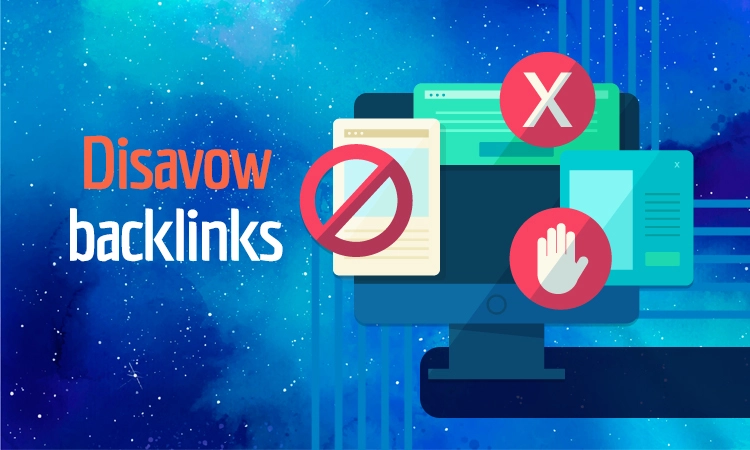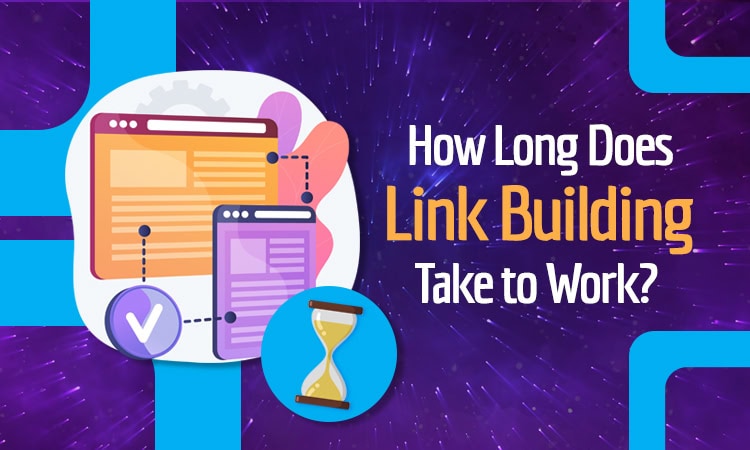A strong backlink profile will boost your search rankings and ensure others can find your site. However, low-quality links to your site can damage your SEO more than having a few links.
To protect your search engine rating, you can disavow links that are spammy, irrelevant, or the result of a negative SEO attack from a competitor. Using a disavow links tool tells Google and other search engines to ignore these spammy links, helping to protect your reputation.
When you disavow links, you submit a disavow file to the Google Search Console and ask them to break the connection on your behalf rather than work it out with the site owner.
Understanding Toxic Backlinks
Toxic links pointing back to your page can harm your rankings on search results because they misrepresent your reputation and purpose. If your link profile is filled with bad links, your credibility is questioned.
These can come from places like a private backlink network, also known as a private blogging network, filled with shady SEO sites that exist solely to generate lots of links. Spammy sites, like those with low-quality content advertising suspicious sites, can also make Google believe that you, too, are untrustworthy.
Some other websites can be trustworthy, but still generate bad links because they don’t relate to your product or service. For example, a reputable website selling beauty supplies with a link to your page could make Google believe that you bought that link just to boost your ranking on search engine results pages (SERPs), which is a bad SEO practice.
How Toxic Backlinks Harm SEO?
When determining ranking, Google and other search engines consider all the backlinks you have gathered and assess their trustworthiness and relevance to your industry.
Unnatural links may suggest to search engines that you have used intentional backlinking schemes utilizing black-hat SEO tactics, resulting in a penalty for your site.
Need help recovering from a penalty or removing harmful backlinks?
Our Custom Link Buillding Services Can Help You Cleanup and Rebuild Your Link Profile.
Even if you don’t receive a manual action from Google, having low-quality links will reduce your rankings and damage your domain authority. For example, if you have bad backlinks from unsecured sites, consumers may suspect your site could also infect users with viruses or steal their data.
When Should You Consider Disavowing Backlinks?
The disavow feature in GSC is a last resort if you can’t get the link removed by contacting the website owner. A formal link disavow is usually unnecessary if only a single link is causing problems, as most sites will honor a personal request.
However, you should consider using the tool if you have received a penalty from Google due to many potentially harmful links or if a link audit shows an extensive list of links that may cause trouble.
-
Identifying Harmful Links in Your Profile
You’ll need to find harmful or suspicious backlinks through a links report to disavow them. Google Search Console, Ahrefs Backlinks Checker, and SEMrush Backlink Audit can list potentially harmful domains linking to your site.
A few characteristics may make you want to disavow links from specific domains. These include sites with low-quality or irrelevant content, poorly created pages, or excessive links from the same domain. All of these could cause Google to flag your domain for potentially deceptive SEO practices.
Tools for Analyzing Backlinks
To find pages you may want to disavow, you can use Google Search Console, Ahrefs, and SEMrush.
-
Google Search Console (GSC)
The Links Report from Google can help you find potentially hazardous links. To use it, navigate to the “L” nks” “ection from the overview page for your URL, then hit the export button to review the entire report. This will allow you to see whether many suspicious sites are linking to you.
-
Ahrefs Backlink Checker
This tool will assess your website’s backlinks and include a Toxic Score so you can sort each website by its potential for harm. You can sort each URL by its Toxic Score and make a list of highly toxic domains that may be worth disavowing.
-
SEMrush Backlink Audit
The SEMrush Backlink Audit can be integrated with GSC, Google Analytics, and other tools to identify link domain properties and assess whether they may harm your SEO. Each backlink will be assigned a Toxicity Score based on 45 different metrics.
How to Disavow Backlinks Using Google Search Console?
The Google Disavow tool is a powerful method for protecting your reputation, but it must be used cautiously. Too many disavowed links may hurt your score even more. In general, you should only disavow links if they are likely to result in a manual action or have already been disavowed.
If just one URL is dangerous, try contacting the website owner and asking them to remove it. However, if you have decided to disavow links, you can use the Google Disavow tool to remove all of them at once.
-
Step-by-Step Disavowal Process
The Disavow Links tool and the Links Report are in the Google Search Console. If you have found dangerous links to your site that you want to disavow, you will upload a text file encoded in UTF-8 that includes all your chosen links.
These can be a domain if you want to remove links from an entire website; you’ll start this section with “D” main:” “nd then the link to the domain.
Creating a Disavow File
Your disavow will be a .txt file encoded in 7-bit ASCII or UTF-8. The maximum URL length is 2,048 characters, and the maximum file size is 100,000 lines, including blank lines and comment lines.
If you need to include comments in your file, start the comment line with a #, and Google will know to ignore this line.
A common error with a disavow file is failing to remove good or neutral links from a Links Report before upload. You need to check that each link in the file is correct.
Another issue is failing to put “D” main:” “efore a full website you want to disavow. Otherwise, it will only disavow links from the landing page, not the whole website.
If you have previously disavowed links, you can upload a new file to replace the old one. Make sure to include the previous links as well.
-
Double-Checking Before Submission
Check that your file includes only the links that you want removed. Go through the file line by line and double-check each website on the list. The Semrush Backlink Audit can be helpful here, as it allows you to list every site you want to disavow; you can check this against your disavow file to ensure you haven’t accidentally included one you want to keep.
Once your disavow file is correct, you can submit it to Google through the Disavow Links tool. Select the property you are using, then upload your text file.
Pros and Cons of Disavowing Backlinks
A disavow list is a powerful tool that can significantly improve your search results rankings, but it can also backfire and damage your rankings, too. The pros and cons of this method include the following.
-
Benefits of Disavowing Toxic Links
If you have received a manual action, a disavow file can help you recover and protect your site’s long-term health. This will clean up your link profile and ensure that Google trusts you, and it will also ensure that consumers won’t see a link to your domain on an untrustworthy site, damaging your credibility.
-
Risks and Drawbacks
A disavow list should only be used when necessary, as it may accidentally remove good links that improve your rankings. Additionally, Google works to eliminate spammy links on its own; you don’t always need to take action, especially if there are only one or two bad links.
Should You Disavow Links Without a Penalty?
You can create a disavowal list without penalty, but it should only be used if you are seriously concerned about a backlink. An audit can help you find links that may not have caused penalties but could harm your domain authority in the long run, allowing you to take care of them individually.
What Happens After You Disavow Backlinks?
A link disavowal is not an immediate process. It can take a few days to process a disavow file and about 2-3 months to see results from the requests.
Continue to monitor search engine results pages (SERPs) during this time to see whether there are any additional actions you may need to take, and watch for sudden dips in your rankings that could suggest you have accidentally disavowed a good link.
Monitoring the Impact
GSC and third-party platforms like Ahrefs and SEMrush can help you monitor site performance during this time. Watch for improvements in rankings, traffic, and domain authority. You’ll also want to check for any alerts from Google informing you that penalties have been lifted.
Common Mistakes to Avoid When Disavowing Links
One common mistake is disavowing too many links through your file, which can reduce your rankings despite removing dangerous links. It’s also not uncommon for website owners to accidentally disavow beneficial links because they exported a long list and did not double-check carefully enough.
Overuse of the Disavow Tool
The Disavow tool is powerful and should only be used sparingly, particularly if you don’t have a manual action against your website. Unnecessary disavows can harm your rankings rather than help them.
Instead, consider less extreme options, like contacting other website owners personally and asking them to remove a bad link.
Conclusion: Is Disavowing Backlinks the Right Move for You?
Understanding who links to you ensures high rankings and a healthy reputation. Proactive monitoring and communication with link partners can help you prevent issues before they harm your rankings – without resorting to extreme measures like a disavowal. A professional search engine optimization expert can create a plan for cleaning up your link profile; contact Stellar SEO for further advice.













